Many people who grew up in the 90’s remember fast food as being juicier, crispier, and more flavorful than what they get today. There is a growing belief that the taste of fast food has declined over the years, even though the menus have expanded and the packaging looks more modern. This change is not just nostalgia. There are real reasons why fast food seems to have lost its original flavor. The shift involves ingredients, cooking techniques, supply chains, and consumer expectations. Understanding how all of these elements have changed over time can explain why the golden age of fast food may truly be behind us.
Changes in Ingredients Over Time
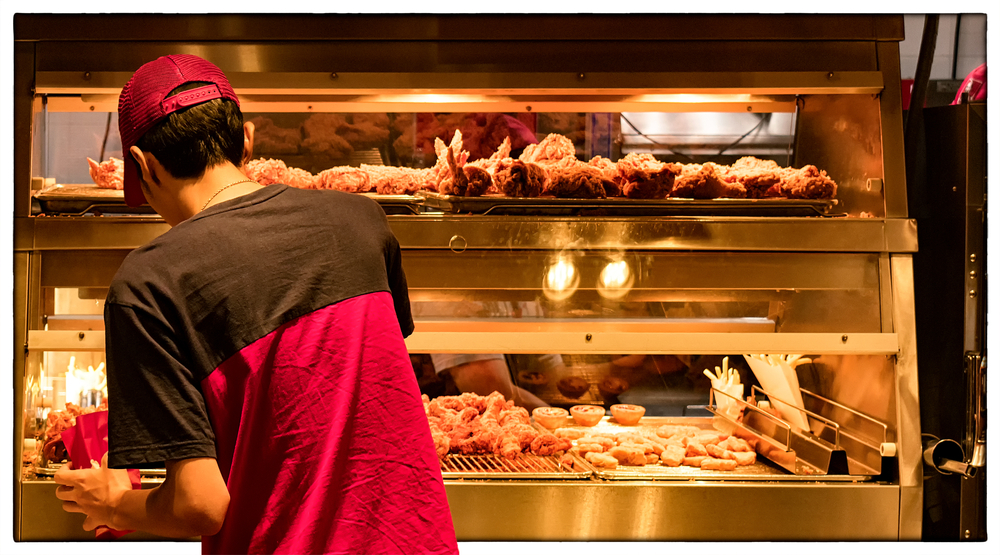
One of the most significant reasons fast food tastes different today is the change in ingredients. In the 90’s, many fast food chains used fewer preservatives and artificial additives. While these were not always healthy, they often delivered strong flavors and textures that people came to expect. Today, there is a larger focus on shelf life, cost reduction, and mass production. That shift often leads to substitutions in oils, spices, meats, and buns. For example, cheaper fillers may be added to meat, or oils with longer fry life may replace traditional animal fats. These changes affect both the flavor and mouthfeel.
Shift to Health-Conscious Recipes
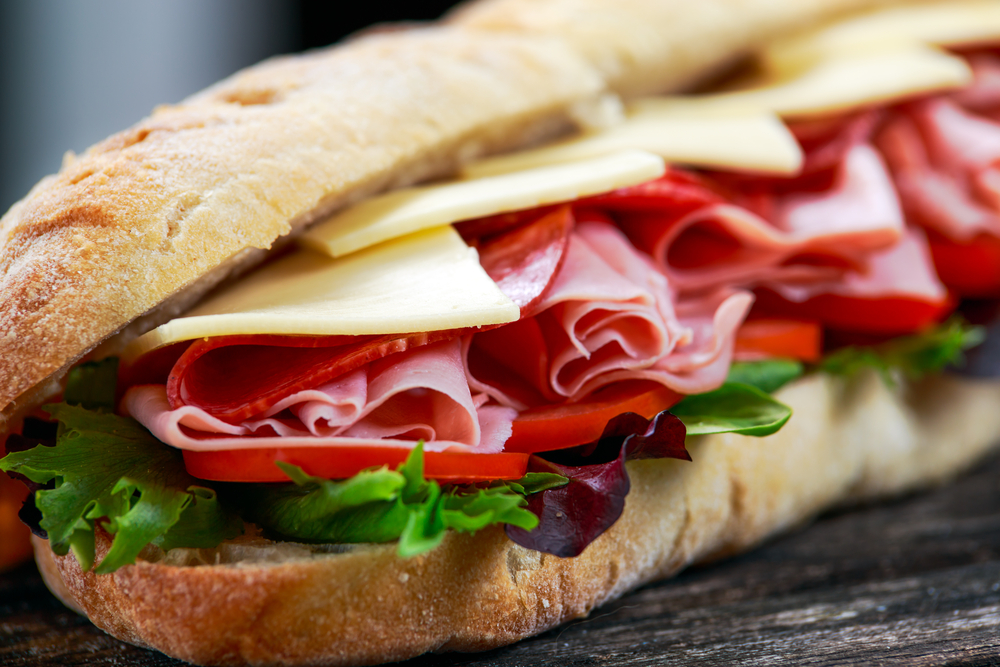
In the past two decades, fast food companies have tried to respond to rising health concerns. Many have removed saturated fats, cut sodium, and reduced sugar. While these changes are good for public health, they also reduce the bold flavors that once defined fast food. Some restaurants have removed MSG, replaced real butter with vegetable blends, or reduced the seasoning in fries and meats. When customers eat these updated recipes, the flavor profile feels weaker. They may also notice that meals no longer have the same rich aftertaste or satisfying crunch.
Cost Cutting and Food Quality

Another factor that affects taste is cost control. To keep prices competitive, fast food brands often use centralized suppliers and bulk manufacturing. This model reduces quality. Meats may be frozen longer or injected with brines to maintain texture during transport. Vegetables may be grown for durability, not flavor. Even bread and buns can be made from cheaper grain blends to reduce expense. These savings may be invisible to the customer’s eye, but not to the taste buds. As ingredients become more processed, the flavors become more muted and uniform.
Change in Cooking Methods
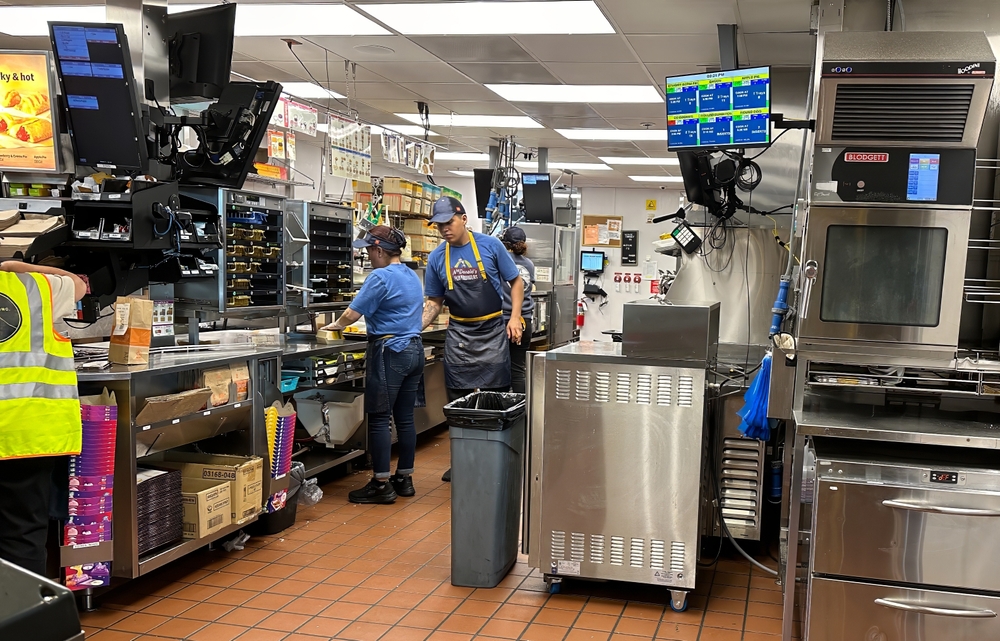
Modern fast food kitchens are designed for speed, efficiency, and safety. That means fewer meals are grilled, seared, or freshly fried the way they used to be. In the 90’s, many items were made to order. Now, large batches are often cooked in advance and kept warm under heat lamps or in warming drawers. This process reduces the flavor depth, dries out textures, and weakens the natural taste of meats and vegetables. Additionally, automated cooking machines have replaced hands-on techniques, which further dulls flavor.
Modified Food Oils and Fats

Fast food in the ’90s often relied on oils that have since been banned or replaced due to health regulations. These oils, especially those derived from animal fats or high-saturated blends, gave fries, chicken, and burgers a richer flavor. Today, most places use plant-based oils that are more stable, cheaper, and considered better for heart health. However, these newer oils do not carry flavor the same way. They may also have higher smoke points, which alters how the food cooks and browns. As a result, the final product can taste less crispy, less buttery, and overall more bland.
Simplification of Menus

In the past, fast food menus focused on a few signature items that were heavily refined and tested for flavor. Now, many chains offer dozens of rotating options, limited-time offers, and fusion-style items. With more variety comes less consistency. Recipes may be simplified to make training and kitchen operations easier. That often means cutting back on spices, reducing preparation steps, or choosing ingredients that work across multiple menu items. In the end, flavor takes a back seat to flexibility and speed.
Changes in Consumer Taste

As palates shift over time, the demand for bold flavors has also changed. In the 90’s, consumers were drawn to saltier, richer, and heavier meals. Today, there is more interest in plant-based options, low-sodium meals, and cleaner ingredients. Fast food companies have tried to match these preferences by altering recipes to fit modern standards. That means less char, fewer fats, and softer spice profiles. What once seemed indulgent now risks being labeled unhealthy, so brands tend to play it safe. The result is food that tries to please everyone but excites very few.
Freezing and Supply Chain Delays

The expansion of fast food to a global level has added pressure to standardize recipes and ship ingredients long distances. That often involves freezing, refrigerating, or processing food in large quantities. Extended storage can affect moisture levels, color, and aroma. For example, meat that is vacuum sealed and stored for weeks may not grill the same way fresh cuts did in the ’90s. Produce that travels across the country loses its natural sugars and textures. These invisible changes all add up to meals that lack the spark of freshness and complexity people remember.
Read More: McDonald’s Insider Says Fast Food Giant is No Longer Catering to Customers Who Earn $45k or Less
Less Regional Customization
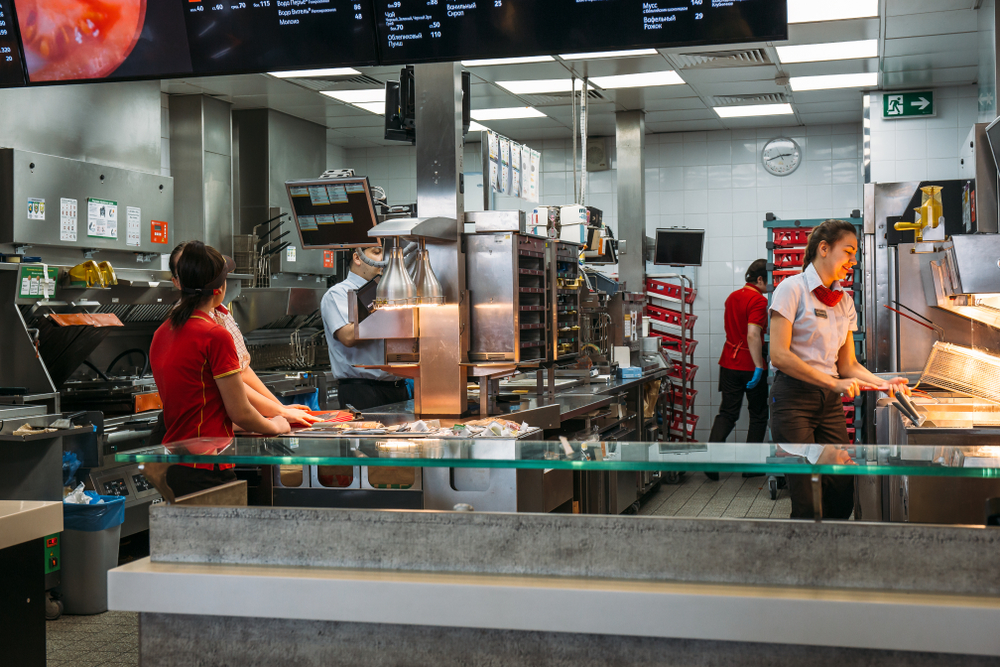
In earlier decades, fast food chains often allowed regional variations that reflected local tastes. A meal in one part of the country might taste slightly different than the same item elsewhere. Today, there is more pressure to create uniformity. That leads to recipes that are designed to work in any climate, kitchen, or culture. To do that, brands often choose the lowest common denominator in terms of spice, sweetness, and texture. Regional differences that once gave food personality have been ironed out in favor of a universal product.
Impact of Automation and Pre-Assembly
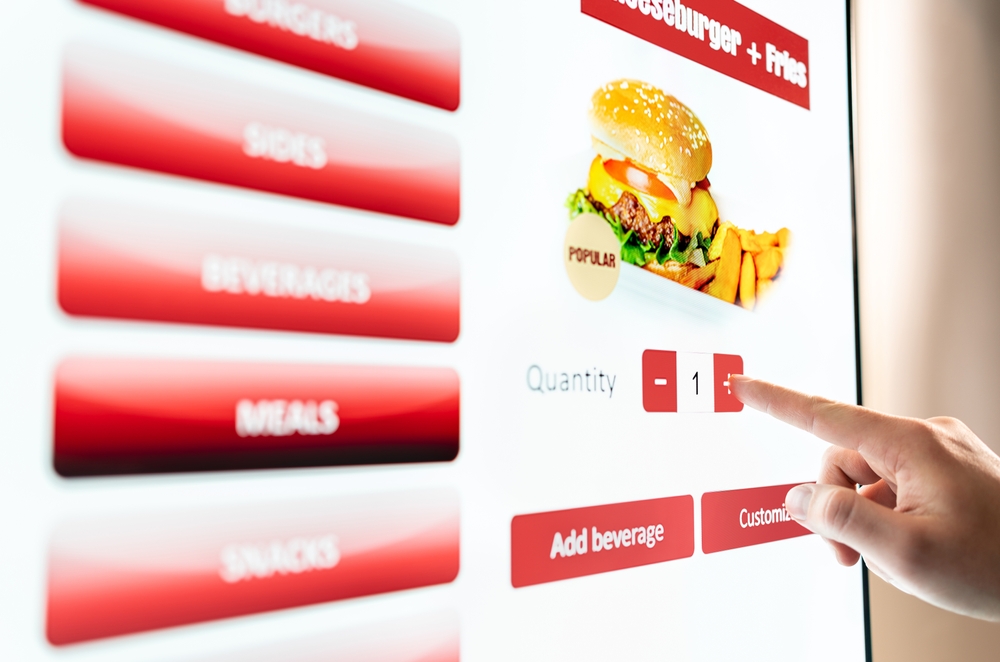
Fast food restaurants once relied more on skilled workers to assemble and finish orders. Today, many components are pre-cooked, packaged, and assembled with minimal effort. That means fewer steps where flavors can develop, blend, or react. A sauce may arrive pre-made rather than being mixed fresh. A patty may be pre-formed and frozen instead of freshly seasoned and grilled. With fewer variables, the food becomes more predictable, but also less exciting. Automation may improve consistency, but it can also strip away the small details that make a meal memorable.
Packaging and Temperature Control

Modern packaging is designed to retain heat longer and improve delivery times. While this helps keep food warm, it also changes the way it tastes. Fries can become soggy in a sealed bag. Toasted buns lose their crispness. Cheese can over-melt and lose its texture. These packaging advances serve convenience, not flavor. In the ’90s, fast food was often eaten on the spot, allowing the meal to be enjoyed at peak freshness. Now, food may sit for 10 to 20 minutes before being eaten, which dulls its taste and appeal.
Nostalgia and Memory Bias

While real changes in recipes and cooking methods are part of the issue, nostalgia also plays a role. Taste is closely tied to memory. Foods eaten during youth are often remembered as more flavorful because they are linked to happy moments, social outings, or a sense of comfort. The context in which food is eaten shapes the perception of taste. A simple burger from 1995 may feel more delicious in memory because it was part of a carefree experience, not because the ingredients were perfect. Still, even when accounting for nostalgia, many longtime customers agree that something has changed, and not for the better.
Read More: 14 Healthy Fast Food Picks for Those On-The-Go Moments
Has The Flavor Faded?

Fast food has undergone major transformations since the ’90s. From cost-cutting and ingredient substitutions to cooking automation and changing consumer preferences, the food simply is not made the same way anymore. Each shift has moved the flavor further from what it used to be. While health and efficiency have improved, taste has often been sacrificed along the way. For those who remember the bold, greasy, and satisfying meals of the past, today’s fast food may feel like a watered-down version. The golden era of flavor has dimmed, replaced by food that may be faster and safer, but far less memorable.
Disclaimer: This information is not intended to be a substitute for professional medical advice, diagnosis or treatment and is for information only. Always seek the advice of your physician or another qualified health provider with any questions about your medical condition and/or current medication. Do not disregard professional medical advice or delay seeking advice or treatment because of something you have read here.
Disclaimer: This article was created with AI assistance and edited by a human for accuracy and clarity.
